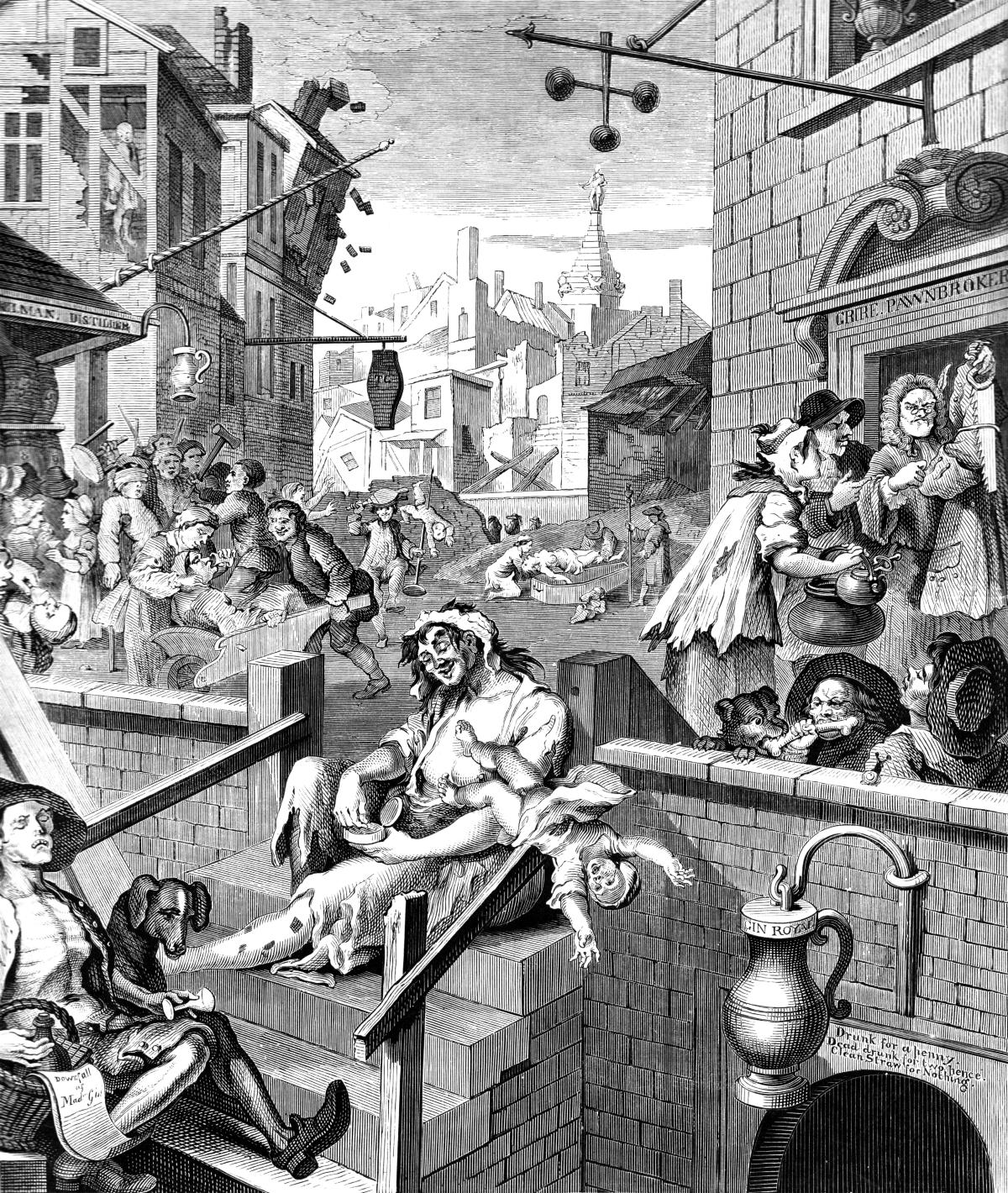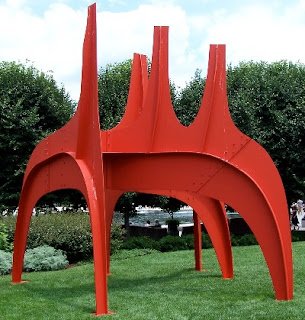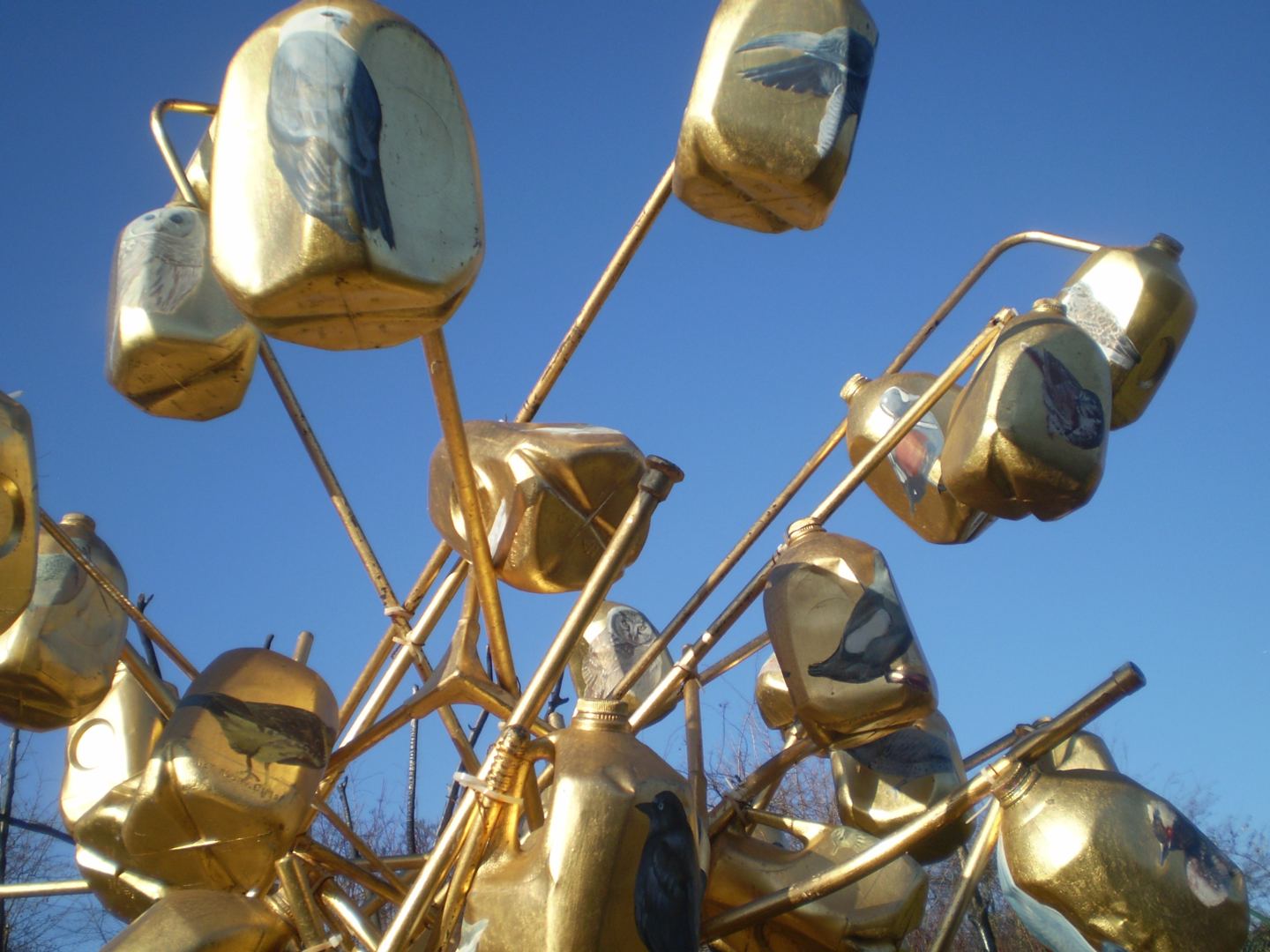 | |||
Paula Rego "The Shakespeare Room" 2005 2005, Paula Rego is an contemporary artist. The materials used in the image above are pastels on paper and then mounted on aluminum. Paula's art is based on memories, fantasy, literature, art history, and direct observation. She uses her art to explore human emotions and life experiences. Paula has explored fairy tales and monkeys. She is a is a Portuguese painter, illustrator and print maker. Her style is often compared to cartoon illustration. As in cartoons, animals are often used in human roles and situations. There actual description to what the story behind this image is but i feel the woman looks very depressed and suicidal. It looks like the woman cannot have kids due to how many toy monkeys she has around her, but the one of her lap looks like a real monkey, but the real monkey looks dead. So she might of just killed the real monkey due to her depression of not having kids and because she killed her monkey now she is feeling suicidal. |
 | |||||||||||||||||||||||||||||||||||||||||||||||||||||||||||||||||||||||||||||||||||||||||||||||||||||||||||||||||||||||||||||||||||||||||||||||||||||||||||||||||||||||||||||||||||||||||||||||||
William Hogarth "Gin Lane" 1750-1951 Beer Street, Gin Lane addressed a very real problem in mid eighteenth century England -- the abuse of spirits by the working classes and the poor. In the right foreground an emaciated ballad singer has just passed away.His left hand still clutches his bottle.a drunken woman is taking her snuff while her unattended baby falls to his death in front. a man pawns his coat and saw and his wife her kitchen utensils for a few more drinks. building is about to crash to the ground and in the ruins of another house a man has committed suicide.Gin Lane and a host of others are crucial to an understanding of eighteenth century art and culture.engravings are as relevant to our society as they were to his.The scene is set in the poverty-stricken area to the north of Covent Garden,Gin was the plague of London in the first half of the eighteenth century.Gin was said to be responsible for a lowering of the birth rate and an increase in infant mortality and despite immigration to London the population began to fall.etching and engraving.It was a cheap and a strongly alcoholic drink, advertised with the following catch phrase:Drunkenness became a major social problem inflenced by ford modock brown. he was an historic psinter/printmaker,  George Shaw "The First" 1996, 30" x 38 This is oil on canvas George Shaw makes semi-realist paintings of the Coventry council estate where he grew up. A post-war housing estate on the edge of Coventry in the West Midlands that was Shaw's home until the age of 18. naturalistic artist.He is best-known for his urban landscapes. They are based on memories of deserted spaces, and, rather like film sets recreated with obsessive care, they suggest themselves as sites of an event from his childhood or adolescence.  Alex Roulette "Thumbs Up" Oil on Panel, 30 x 42 Alew did real paintings that look like they are copies of real photographs.There are alot of painted figures his images and his images are based on staged narratives . He Placed figures into his landscapes to try and attempt to take advantage of the viewer's natural ability to extrapolate narratives. He also uses alot of American landscape or made up landscapes, This was to show past and present cultural influences. He explore's the distinctions between photographic and painted space. His images are based on mystery, voyeuris and focused on memories, but painted in a realist style.  Anthony Green "The Chinese Lantern" Anthony Green is a narrative and figurative painters, all his pictures tell stories. But more one big story from when he met and fell passionately in love with a girl, so the storys that are in the images are based around marriage, his two daughters, anniversaries, parents, in-laws, sex, still lives, food, memories, sadness, happiness and old age. He wanted the mood of the image to be shown by enhancing a sense of colour, humour and to capture life's events, both happy and sad, in a way that people would identify with. His paintings often show humorous side and sometimes very intimate and close times his relationship with his wife. In alot of his paintings it seems as if the viewer is looking through the roof of a room and at the same time seeing all four walls, the floor and ceiling.  Eberhard havekost "Click and Fly" (1/3), 2000. Eberhard Havekost makes dense, anti-gestural paintings. He Works from photographic sources, like shots from TV's, video's, images from magazines and catalogues and his own photographs. He subjects ranging from buildings, trains and trailers. The compositions of his paintings are often energetic and active. Eberhard Havekost often paints the city’s modernist-style, like he use's buildings to resemble the 20th century post-war politics. Working from his own collection of photos and video footage, he then changes the original images on his computer. In alot of his work he uses realism this is about his photography’s relation to perception as well as depiction, he does this by blurring, getting rid of specific details and visual information.  Tim Eitel "öffnung", 2006 Tim Eitel's medium is figurative painting, His motifs include people in everyday situations, abandoned buildings and garbage containers in seemingly completely empty spaces. A common feature of these paintings is that they center on people and human activity, n Tim Eitel’s emotionally complex and stirring paintings, the artist conflates fragments of images and memories of everyday life with print and film media, as well as the history of art. Using formal, realist painting techniques,profoundly elevating the significance of every gesture and nuance. Past and present, memories, feelings, and associations converge, evoking ambiguous narratives which force viewers to reexamine their own perceptions of society and to see that which they often allow to become invisible.  Gregory cewsdon the photographs read in a manner that is entirely distinct from film.Each image operates as a compacted drama, with the significance spread between various visual points within the image. It is between these points that a density of meaning and narrative is constructed; in this sense, Crewdson references classical ideas of symbolic representation that are located in painting rather than cinema, or even photography.Crewdson’s photographs are, in this sense, located firmly in the present tense. And if the trauma operating at the core of the photograph is unclear, then that is precisely because it is ongoing, and has yet to be properly assessed. In creating what he calls 'frozen moments', he has developed a process akin to the making of a feature film. Operating on an epic scale, he uses a large crew to shoot and then develop the images during post-production. Every detail of these images is meticulously planned and staged, in particular the lighting. In some instances, extra lighting and special effects such as artificial rain or dry ice.photographer who is best known for elaborately staged, surreal scenes of American homes and neighborhoods. Jef wall Prologue 1999–2000Transparency in lightbox 1740 x 2505 mm After 'Invisible Man'  Tom Hunter  Cindy Sherman  |





















